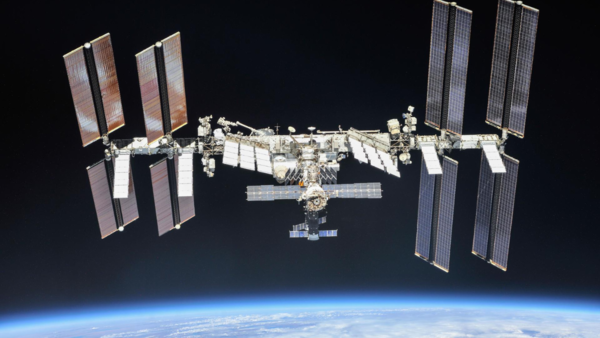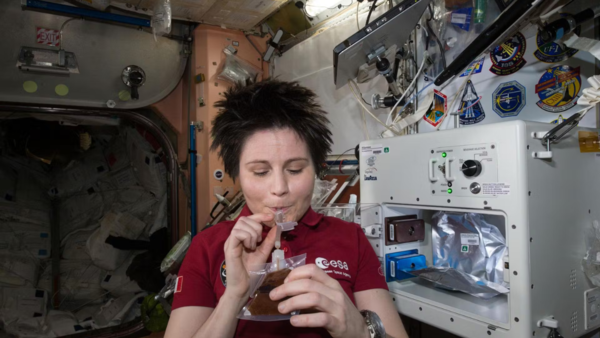
The International Space Station (ISS), orbiting about 400 kilometres above Earth, is one of humanity’s most extraordinary scientific achievements. It functions as both a home and a research laboratory where astronauts from different countries live and work for extended periods. Life in space is far from ordinary. With limited resources, zero gravity, and isolation from the planet, astronauts face physical and mental challenges every day. But they also experience breathtaking views, scientific discovery, and the unique experience of floating in microgravity. One lesser-known aspect is the strange, metallic smell that lingers after spacewalksgiving space a scent of its own.
What is the daily schedule of astronauts at ISS
Life aboard the ISS is unlike anything on Earth. The space station, roughly the size of an American football field, serves as both a home and a laboratory for astronauts. It usually hosts around six to nine astronauts at a time, but with occasional visitors like Suni Williams and Butch Wilmore, the number can go up temporarily.
Daily life is governed by a strict schedule managed by controllers on Earth. Days start early, and time is divided into 5-minute increments. Astronauts rise from their sleeping pods, compact chambers the size of a locker, and begin their day. Each pod contains a laptop, communication tools, and a few drawers for personal items.

Science, sweat, and spacewalks: A routine packed with experiments and exercises
Much of the day is spent conducting scientific experiments, maintaining the station, and exercising. The ISS houses six labs where astronauts monitor their bodies, testing how space impacts their hearts, bones, and muscles. Canadian astronaut Chris Hadfield once said, “We are like laboratory animals,” referring to the research conducted on human health in microgravity.
Exercise is crucial. Astronauts work out for two hours each day using special machines to counteract the effects of weightlessness on their bones and muscles. As Nicole Scott, who spent over 100 days aboard the ISS, puts it, “Space can age your bones faster than Earth ever could.”
How often do astronauts change clothes
Despite all the effort, astronauts sweat, but there are no washing machines. Clothes don’t get dirty as fast in space due to reduced contact with the body, so they wear garments longer than usual. Eventually, old clothes are packed into cargo capsules and burned up during re-entry into Earth’s atmosphere.
How do astronauts eat
Mealtimes are a communal affair. Food is delivered in dehydrated packets or vacuum-sealed containers, rehydrated before eating, and often categorised by the astronauts’ home country. Favourites include Japanese curry, Russian soup, and occasionally, treats sent from family back on Earth. Bread is replaced by tortillas to avoid floating crumbs, which can be hazardous in zero gravity.

Free time and entertainment
After a long day, astronauts relax by calling their families, watching Earth from the Cupola observatory, listening to music, or journaling. Hadfield, a former commander of the ISS, often played guitar and wrote music during his downtime.
What does space smell like
The “smell of space” is one of the most fascinating aspects of astronaut life. According to Helen Sharman, the first British astronaut, when astronauts return from a spacewalk, their suits and tools carry a strange scent. Described as a metallic or burnt odour, like hot metal or welding fumes, this smell comes from the interaction of cosmic radiation with the outer layers of the equipment. It is so distinct that astronauts often associate it with space itself.
The psychological and physical toll
Living in confined quarters, isolated from family, and surrounded by mechanical hums makes sleep difficult. The designated sleep time is eight hours, but many astronauts find it hard to rest, instead choosing to gaze down at Earth, glowing silently below.
NASA carefully selects astronauts for their mental strength, calmness, and ability to work in teams. These are essential traits for surviving the demanding and isolated conditions of space.








